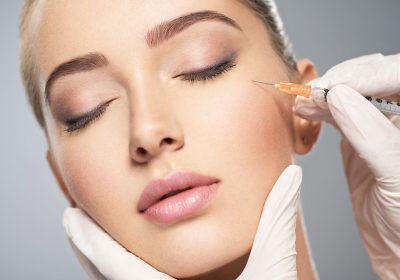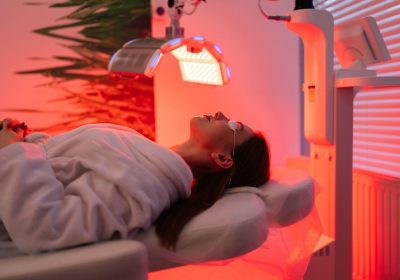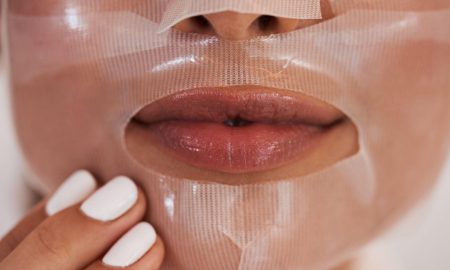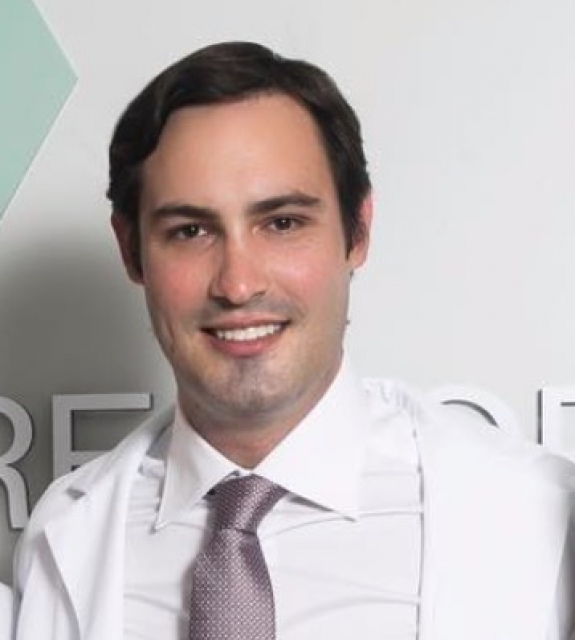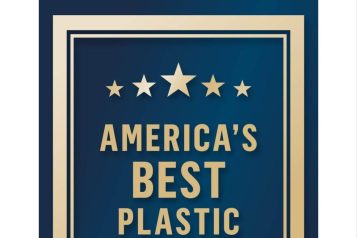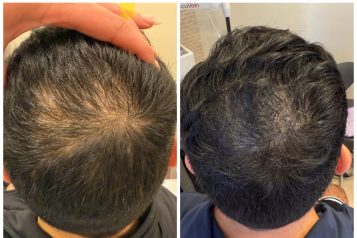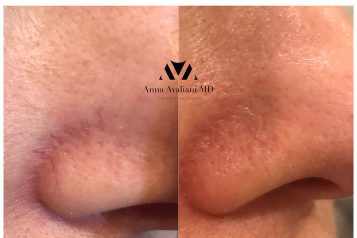 Photo Credit: Shutterstock
Photo Credit: Shutterstock
Are you unhappy with the shape of your nose but want to avoid going under the knife? Luckily for you, Haute Beauty expert Dr. Yuly Gorodisky who specializes in injectables is here to share the three reasons nonsurgical rhinoplasty might be your best option. Here's why:
Benefit 1: Results
Through injectable fillers, your nose can be corrected non-surgically. When utilizing fillers, it is important to avoid complications such as vascular occlusion and the risk of blindness, which is why the procedure must be done by an experienced clinician who is well-versed in the advanced techniques of nonsurgical rhinoplasty.
By using fillers with more firmness and lifting effects, the experienced clinician can provide more shape and support for the tissues of the nose. As the fillers are placed in areas that create shadows, and light reflections, the shape of the nose can be improved, narrowed, straightened, and the tip can be lifted. Although functional improvement is impossible without surgical reshaping, cosmetic improvement may be achieved with this nonsurgical technique.
Benefit 2: Downtime
Surgical rhinoplasty can have a significant amount of downtime, including swelling, bruising, numbness, pain, taping, and splinting of the nose. Unlike surgical rhinoplasty, the nonsurgical approach can address the most common complaints of the nasal shape with minimal to no downtime. Patients may resume normal social activities on the same day of the procedure. There may be some mild swelling, and occasionally, bruising is possible, but those are much less significant and resolve much faster than a surgical procedure.
 Photo Credit: Shutterstock
Photo Credit: Shutterstock
Benefit 3: Reversibility and cost
Surgical rhinoplasty is a permanent procedure meaning the nose shape will never be as it was before surgery, and for some patients, it may be a dramatic shift in self-image. For some patients considering changing their nose's shape, a nonsurgical rhinoplasty can be a "trial run" for a more definitive procedure. Nonsurgical rhinoplasty may be reversed by injecting a medication that dissolves the filler within 24 hours, returning the patient to its natural shape. However, patients who like their results can maintain them with an occasional touchup every year or so. Even with touchups, the annual cost of a nonsurgical rhinoplasty is about 1/10 of traditional surgery.
Of course, there are times that a surgical rhinoplasty is necessary, such as to correct a deviated septum, improve airflow, and breathing in a deformed nose due to trauma or development. A consultation and discussion with an experienced clinician is necessary to evaluate the pros and cons of a traditional rhinoplasty and a nonsurgical rhinoplasty.



